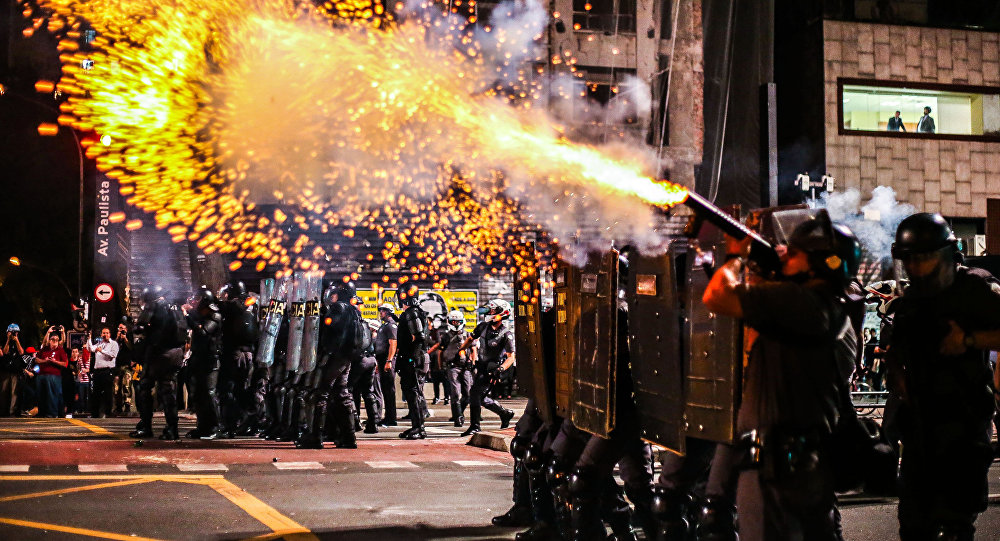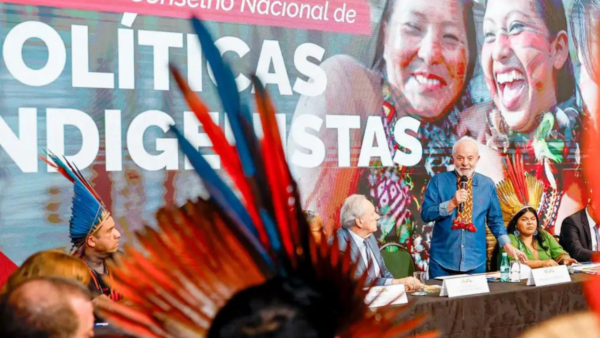Brazil is home to 19 of the world’s 50 most violent cities, according to Mexico City think tank the Citizen Council on Public Security, Justice and Peace. Brazil has steadily earned a reputation for violence, with citing repression of protestors, prison conditions, LGBTQ rights, criminalization of abortion and police violence as contributing factors. Brazil also has high rates of domestic violence, with courts currently processing more than 1 million cases. However, it’s homicides that grab the headlines: among its population of approximately 208 million, Brazil sees a total of 60,000 annually. One in every three Brazilians personally know someone who has been a victim of homicide or theft.
While statistically the country’s most populous states mostly have the highest concrete numbers of murders, homicide rates per 100,000 inhabitants remain far higher in the North and Northeast. Research
Violence in the Northeast and in rural Brazil tends to be linked to several important factors. Inequality and poverty, combined with a lack of local economic stimulation and job opportunities, all play a part organized crime – although they aren’t by any means the whole story. Perceived state failures to deliver justice see private justice carried out, individually or through criminal groups. But the bigger picture, away from Brazil’s affluent Southeast region and the cities of Rio de Janeiro and São Paulo, involves larger industries and larger stakes.
More indigenous peoples and environmental activists have been killed in 2017 than in the previous year. In the first six months of 2017 alone, 37 people were killed in rural land conflicts according to NGO Comissão Pastoral da Terra (CPT) – eight more than over the same period in 2016. Horror stories continue to spring up: 13 members of the Gamela community in Maranhão killed by farmers armed with knives; members of an uncontacted indigenous tribe murdered by gold miners in the Amazon. These crimes are not isolated incidents. They are linked to the economic interests of Brazil’s gargantuan agribusiness industry – which in turn has been linked to organized crime, money laundering, and the drug trafficking trade.
One particular group is more at risk of falling victim to violence than any other: young, black men are disproportionately victims of violence in Brazil, particularly if they are from a low-income background or a lower social class. Almost half of all homicide victims in Brazil are between 15 and 29 years old, and 77 percent of these young men are black, according to Amnesty International Brazil. The war on drugs is one of the central causes of Brazil’s hyper-incarceration problem, and is a leading factor in prison overcrowding and the death toll of young, black men from underprivileged areas.
Brazil’s tenacious drug trafficking gangs have their roots in the prisons themselves, where they banded together for self-protection in the 1970s. These networks lasted long after inmates’ releases, bound by a feeling of strength in numbers and an inherently unfair system. Alongside this, a drive for power, money, and visibility saw these networks metamorphose into drug trafficking gangs, beginning with Rio de Janeiro’s Red Command (Comando Vermelho – CV).
Researchers at the Brazilian Forum for Public Security assert that there is no direct link between drug trafficking and violence. Instead, urban violence stems from the CV’s rivalry with São Paulo-born gang the Primeiro Commando Capital (PCC), and disputes for control of territories between factions linked to one of these two main gangs. These rivalries periodically spill beyond the confines of Brazil’s penitentiary facilities, with the prison massacres in early 2017 and the violence that followed in the streets of nearby towns serving as a reminder of the presence and power of these groups.
But Brazil’s war on drugs contributes to the cycle of violence: young Brazilians are imprisoned – 40 percent purely because they cannot afford bail while awaiting trial – and are coerced to joining factions in jail for their survival. As with the original CV, these links remain outside prison.
‘Bandido bom é bandido morte’ – a good criminal is a dead criminal – is a common catchphrase in Brazil. People often use it to voice their distaste for crime, or to defend overzealous policing tactics. But violence often spills beyond the confines of invisible spheres of criminality, leaving behind a trail of civilian deaths as collateral damage. Police operations targeting drug traffickers have become a significant factor in the numbers of urban deaths occurring in Brazilian cities: in 2016, 920 people were killed during police raids in Rio de Janeiro, more than double the number than three years before.
Civilian death tolls are one factor driving the high public mistrust of law enforcement among Brazilians. But there are also notable cases of police brutality and cover-ups, plus endemic corruption tying police officers themselves to trafficking gangs and militia. Nor are police the sole perpetrators of this violence – more than 100 military police in Rio de Janeiro, often deployed in anti-trafficking operations, have died so far this year.
Arms trafficking in Brazil is even more lethal than drug trafficking. A study from the Institute for Applied Economics (Ipea) found that higher numbers of weapons in circulation linked directly to higher levels of violent crime and homicide. As with drug trafficking, rivalries between different smuggling factions contribute heavily to levels of violence. However, studies based on weapons seizures in Brazil show that the majority of these arms are legally manufactured in Brazil.
As with the US, ideas of self-protection through firearm possession are prevalent in society – although laws around gun ownership are far stricter than the US. It’s a lucrative industry: Brazil is the fourth largest exporter of small arms worldwide, and tripled its exports from $109.6 million’s worth in 2005 to $321.6 million in 2010. Weapons are frequently sold to countries with dodgy human rights records, and recently Brazilian weapons have wound up in the hands of Saudi forces in Yemen and government forces in Venezuela.
Weapons manufacturing and trade isn’t about to disappear anytime soon in Brazil. In another similarity to the US, the industry has its own congressional lobby. Allied with uber-conservative agribusiness and evangelical lobbies, the three industries form what many term the ‘bullets, beef and Bible caucus’. The caucus means that weapons manufacturers remain a part of the mainstay Brazilian economy, making shadowy producers like Taurus eligible for loans from Brazil’s social development bank BNDES.











 Search
Search






































